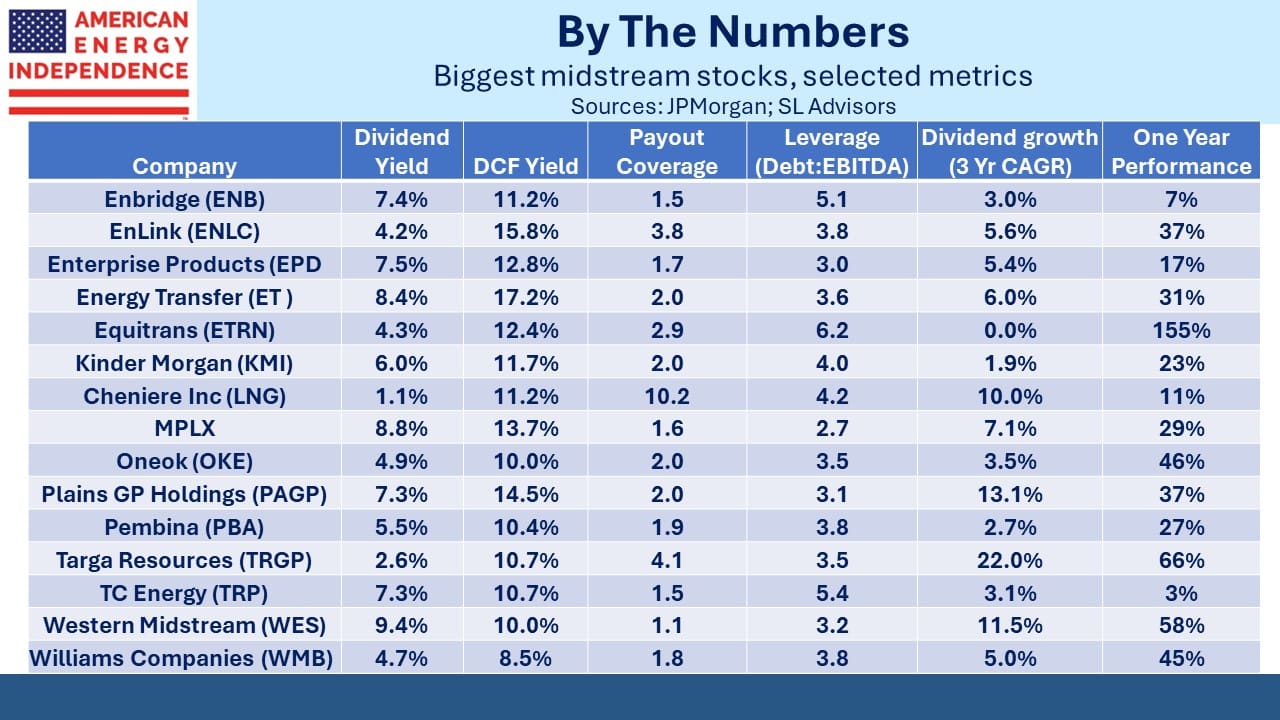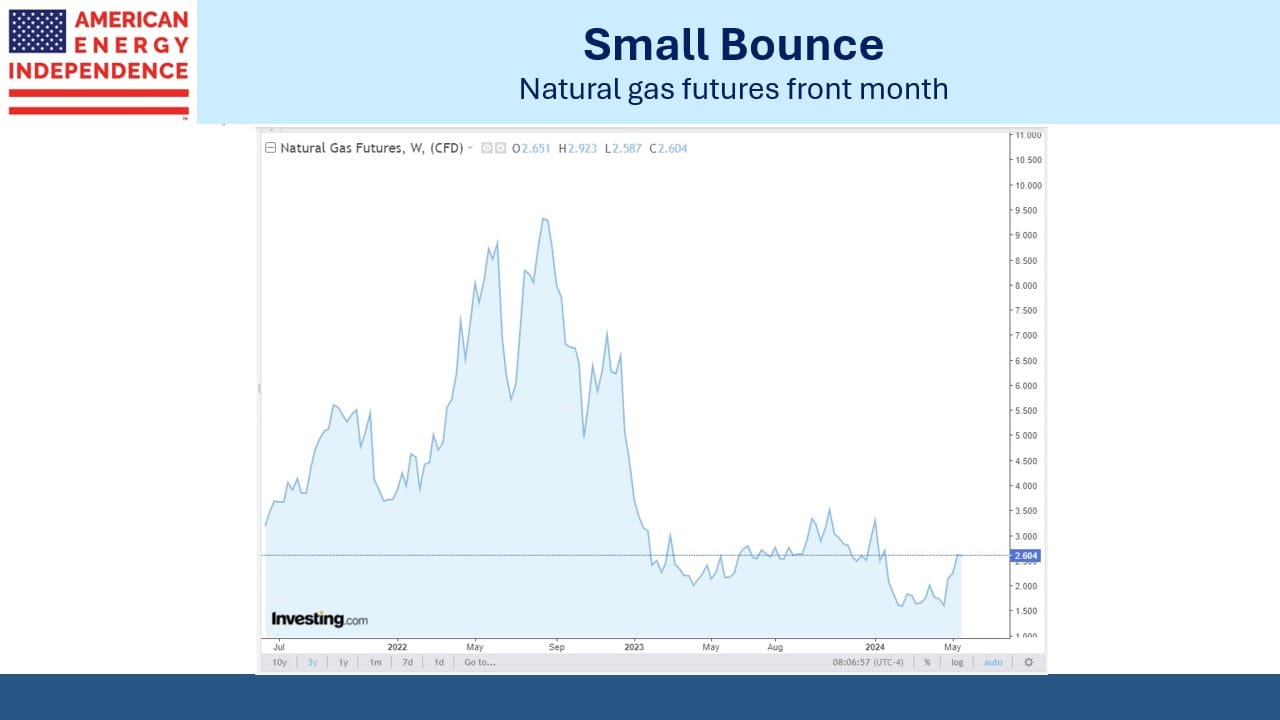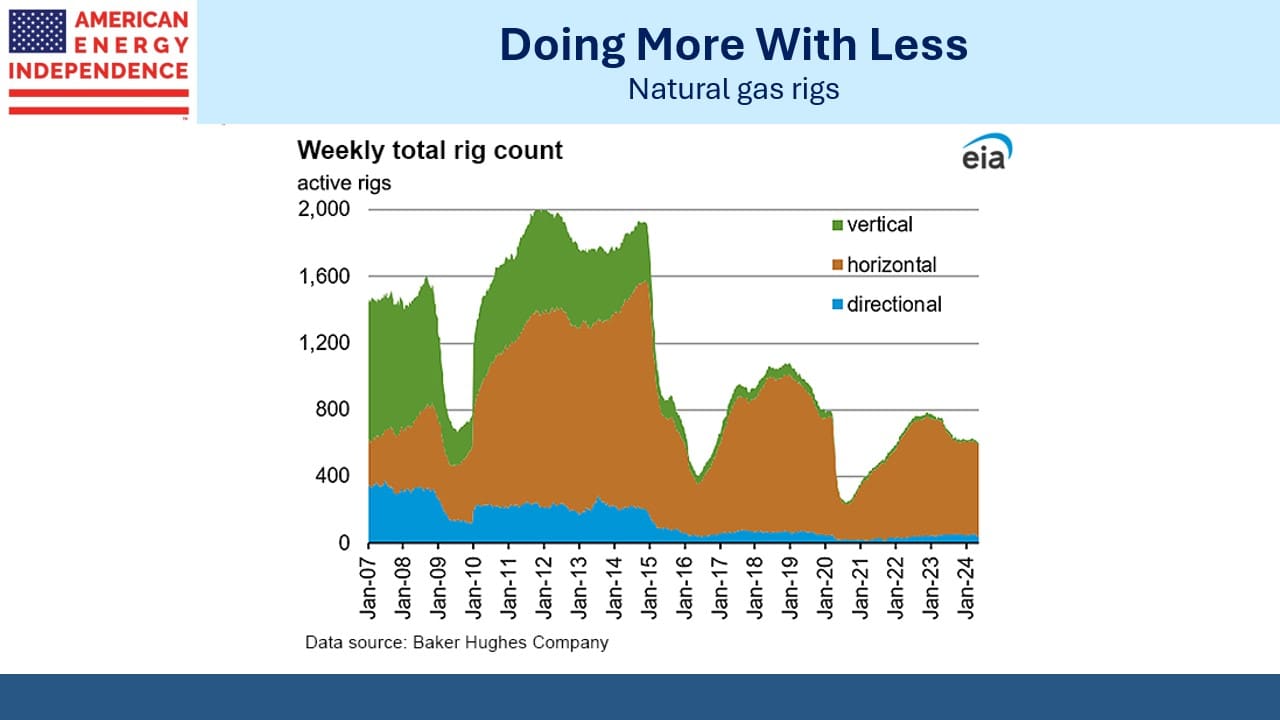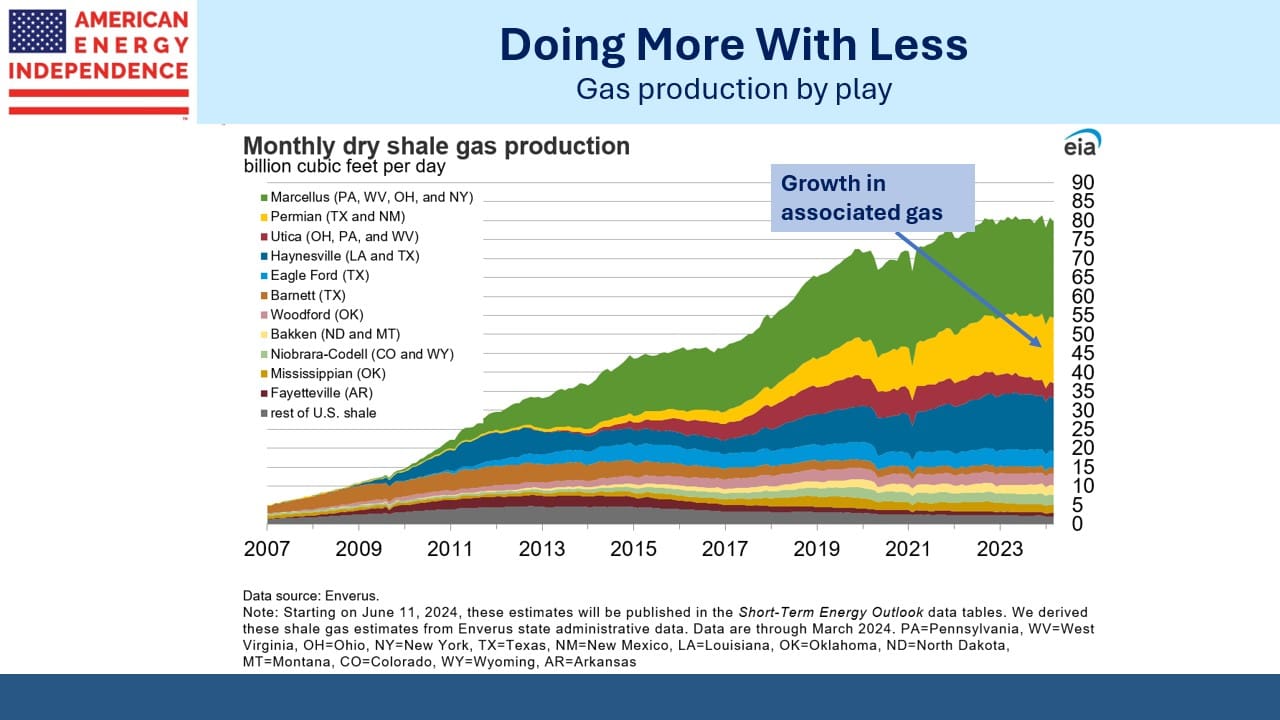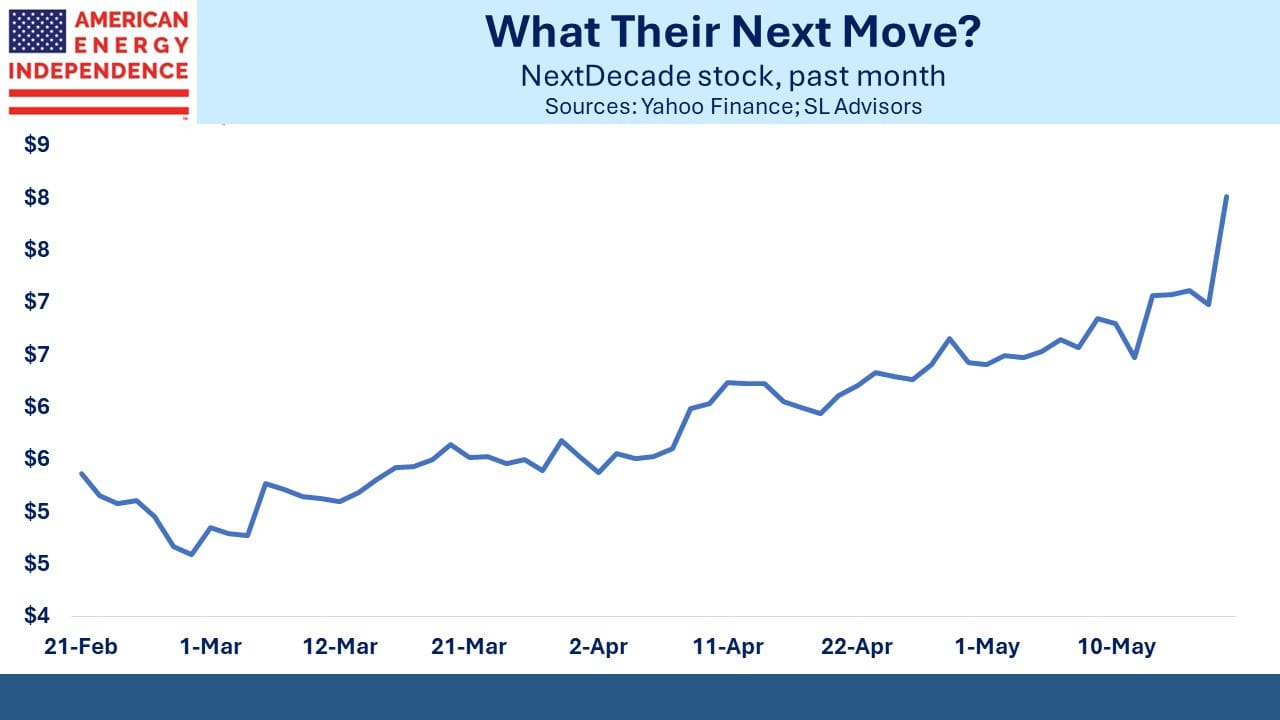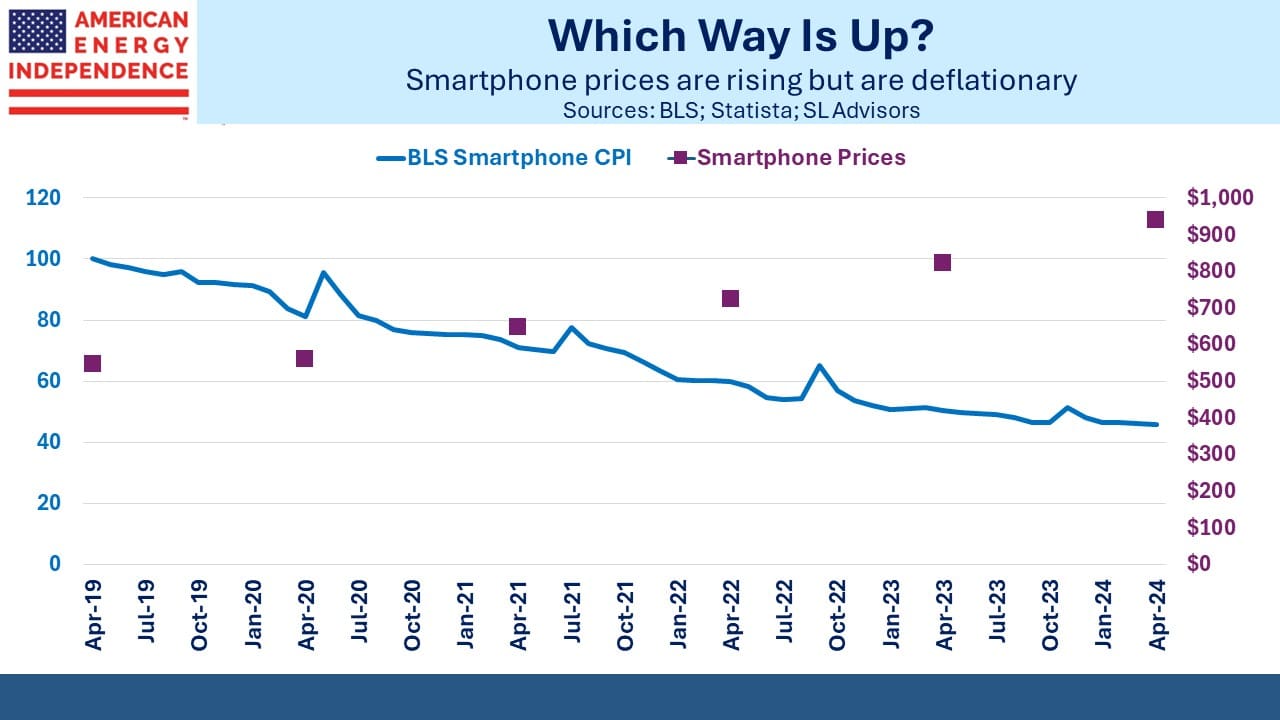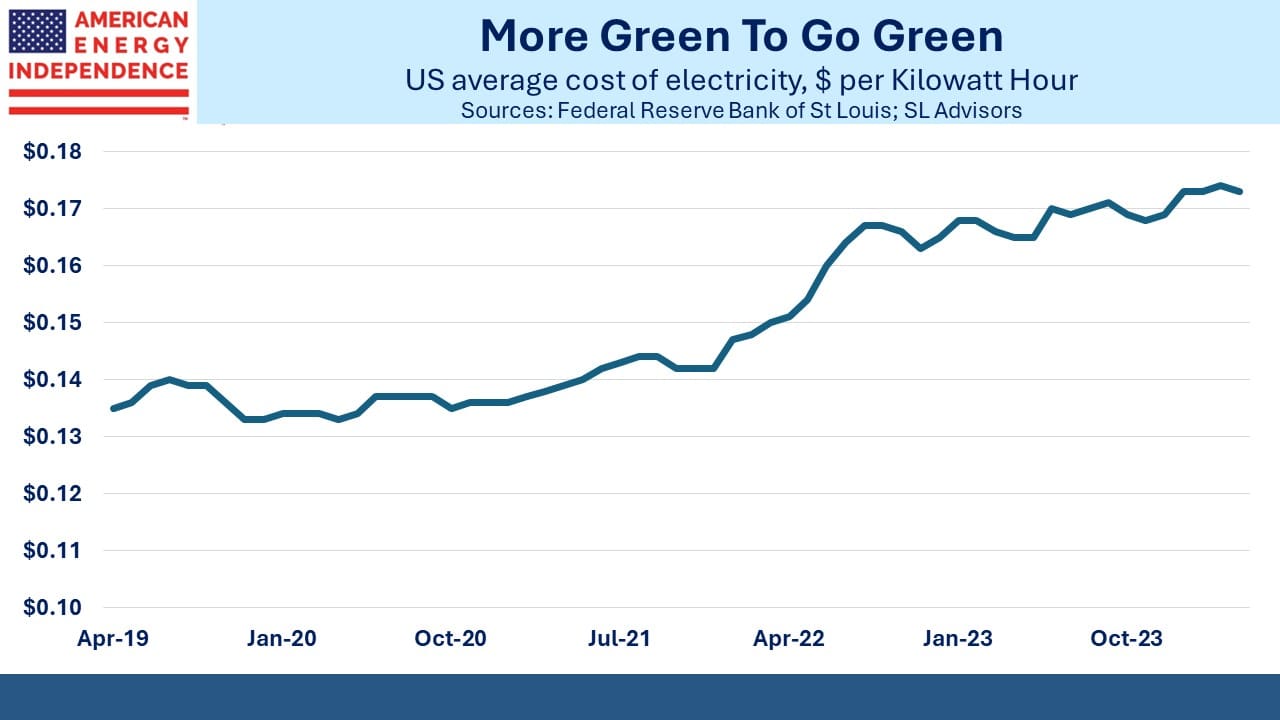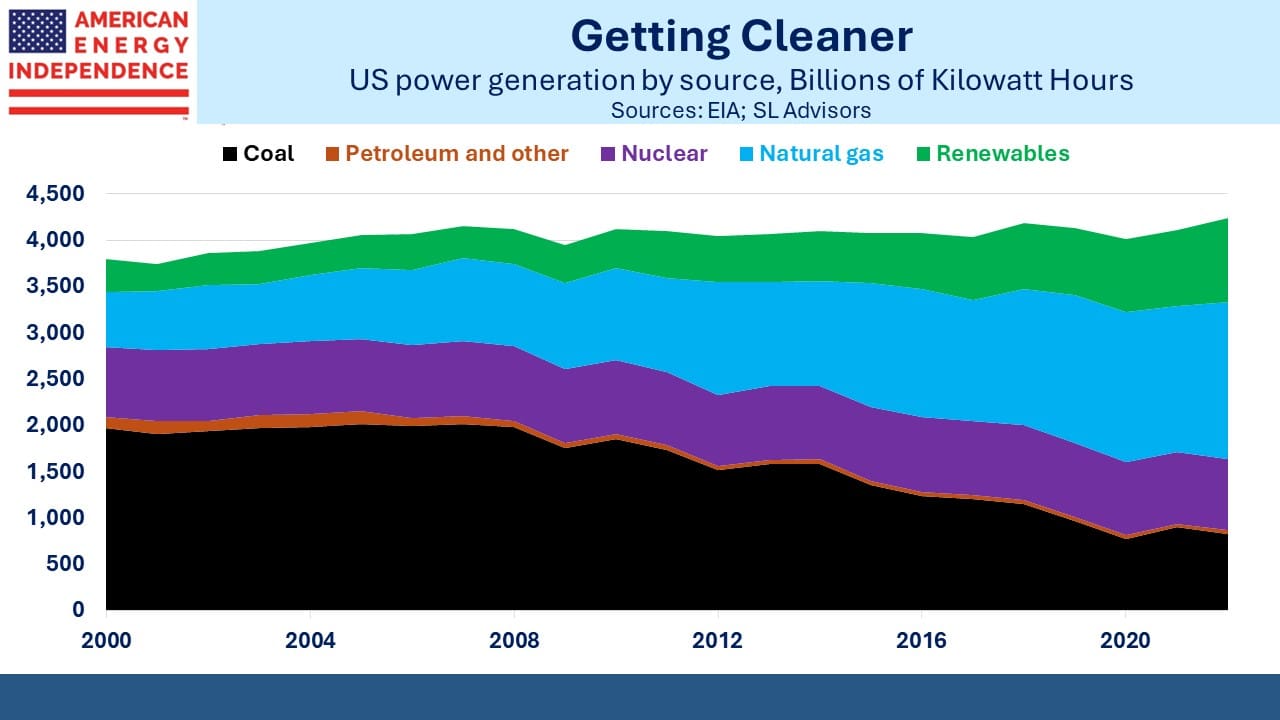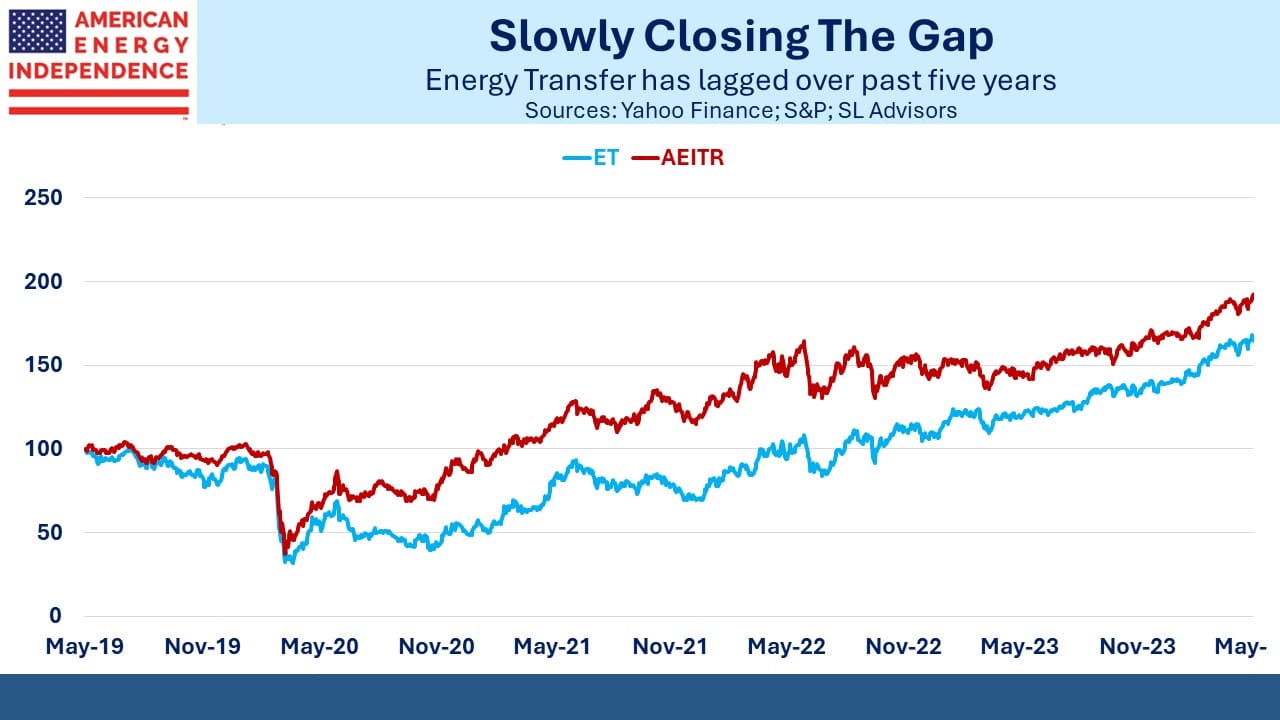Another Inflation Omission

The inflation statistics offer a rich trove of counterintuitive methods that often inspire this blogger. It’s an important issue because voters cite inflation, for which they blame Joe Biden, as one of their top concerns. Inflation reports show it’s coming down, although that doesn’t mean earlier price hikes are being reversed, simply that prices are going up more slowly.
The latest statistician’s gem is how the CPI treats insurance, something noted recently in the NYTimes (see Home Insurance Is Clobbering Consumers. Yet It’s Barely Counted in Inflation).
The article notes that the typical homeowner with a government-backed mortgage has seen a 41% increase over five years, 7.1% pa. Many parts of the country have seen bigger increases. This is especially true in Florida, where the only reasonable coverage comes from state-backed Citizens. Our condo building’s policy in Naples is up 54% over the past two years.
The CPI only picks up what renters pay for insurance. This comes back to how economists at the Bureau of Labor Statistics (BLS) treat housing (see Why You Can’t Trust Reported Inflation Numbers). Since the CPI measures goods and services, the BLS estimates the value of shelter (a service) provided by a home (an asset). It’s not an intuitive approach since two thirds of Americans obtain shelter by owning their home. But the BLS uses Owners’ Equivalent Rent which in theory should, over the long run, equate to the cost of owning a home.
Therefore, the CPI omits homeowners’ insurance, because that’s part of the cost of owning an asset and they’re not measuring assets.
The Personal Consumption Expenditure (PCE) index includes home insurance but with a very low weight. They take insurance premiums less underwriting losses and expenses (referred to as the insurers’ combined ratio) to set the weight. In effect they’re looking at the margin insurance companies charge over claims as the service. So if premiums go up 10% to match claims, the PCE index will capture that but if insurers have a 95% combined ratio (ie a 5% profit margin) then the weight will be 1/20th of what it is to the consumer.
Presumably if households self-insured their homes and endured repair and replacement costs that rose 10%, this would flow through fully into the PCE although not the CPI since it’s not concerned with the cost of holding assets.
Insurance expenditures last year were $469BN out of total PCE of $19TN, around 2.5% of disposable income.
It’s an arcane topic and scarcely one that any politician can address in a soundbite. Insurance premiums have been outpacing inflation. It’s another reason why the published inflation statistics aren’t that useful for the typical consumer. There’s no conspiracy – simply a bunch of economists producing numbers that fit their theoretical models but not the actual experience of Americans. It shows why inflation as perceived by voters is higher than the reported numbers.
The AI boom continues to improve the fundamentals for natural gas. Wells Fargo recently upgraded Kinder Morgan and Williams Companies to Overweight. A few years ago fears of “stranded assets” caused some to worry that pipelines would lose their customers within a decade or so, greatly reducing the npv of their anticipated cashflows. Since then, renewables stocks have collapsed as energy realism has started to return.
If Enterprise Value/EBITDA (EV/EBITDA) moves from 9X-10X, assuming a 50/50 split between equity and debt the typical company could appreciate by around 20%. Wells Fargo analyst Michael Blum thinks EV/EBITDA multiples for natural gas pipeline companies could eventually increase by around 2.5X.
New York governor Kathy Hochul abandoned the planned congestion charge for New York city, worried about the impact on businesses still recovering from the pandemic. Forcing more travelers onto public transit reduces emissions and should find support among Democrat voters in NY and neighboring New Jersey. But Democrats have mostly failed to convince people that the energy transition is worth paying for.
I endured a two hour, delayed journey on NJ Transit one day last week which made me late for dinner in NY. Public transit from the suburbs isn’t reliable enough.
A couple of weeks ago I had the opportunity to meet Vlad Zherenovsky from NJ –based Kraner, LLC along with his colleagues Robert Castella and Joe Pandolfo. We chatted about midstream energy, a sector we all agreed offers attractive upside.
Vlad and his family fled Latvia following the collapse of the Soviet Union with their savings wiped out. He finished his education here and went into finance, starting Kraner in 2010. Vlad’s is another immigrant success story.
Bill Shepherd recently turned 98. He is our oldest client, although not by much. Lunch with Bill is always a pleasure as we delve into the intricacies of the energy sector together. His father and mother were both born in England, in 1897 and 1900 respectively. They emigrated to the US and married in Brooklyn, NY in 1924. Like me, Bill is proud of his English heritage.
We have three have funds that seek to profit from this environment:
Energy Mutual Fund Energy ETF Real Assets Fund





